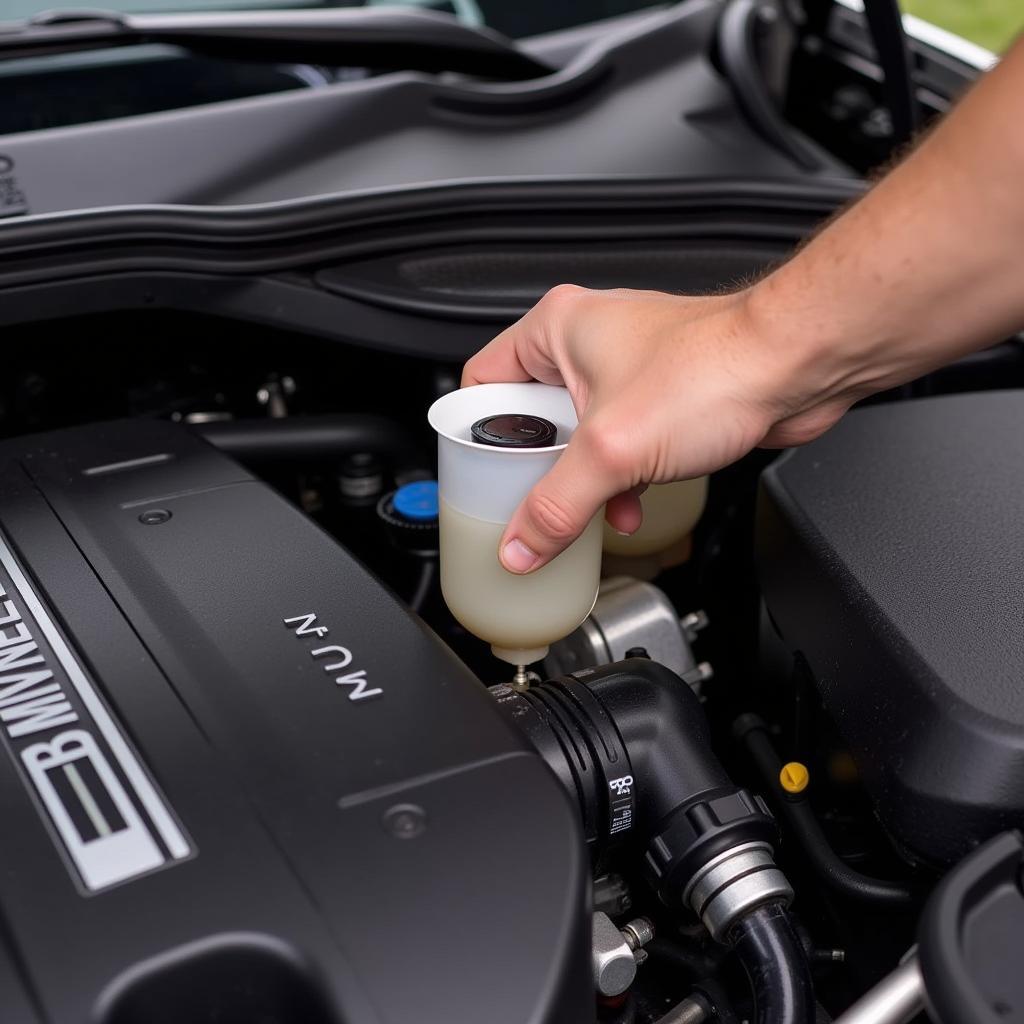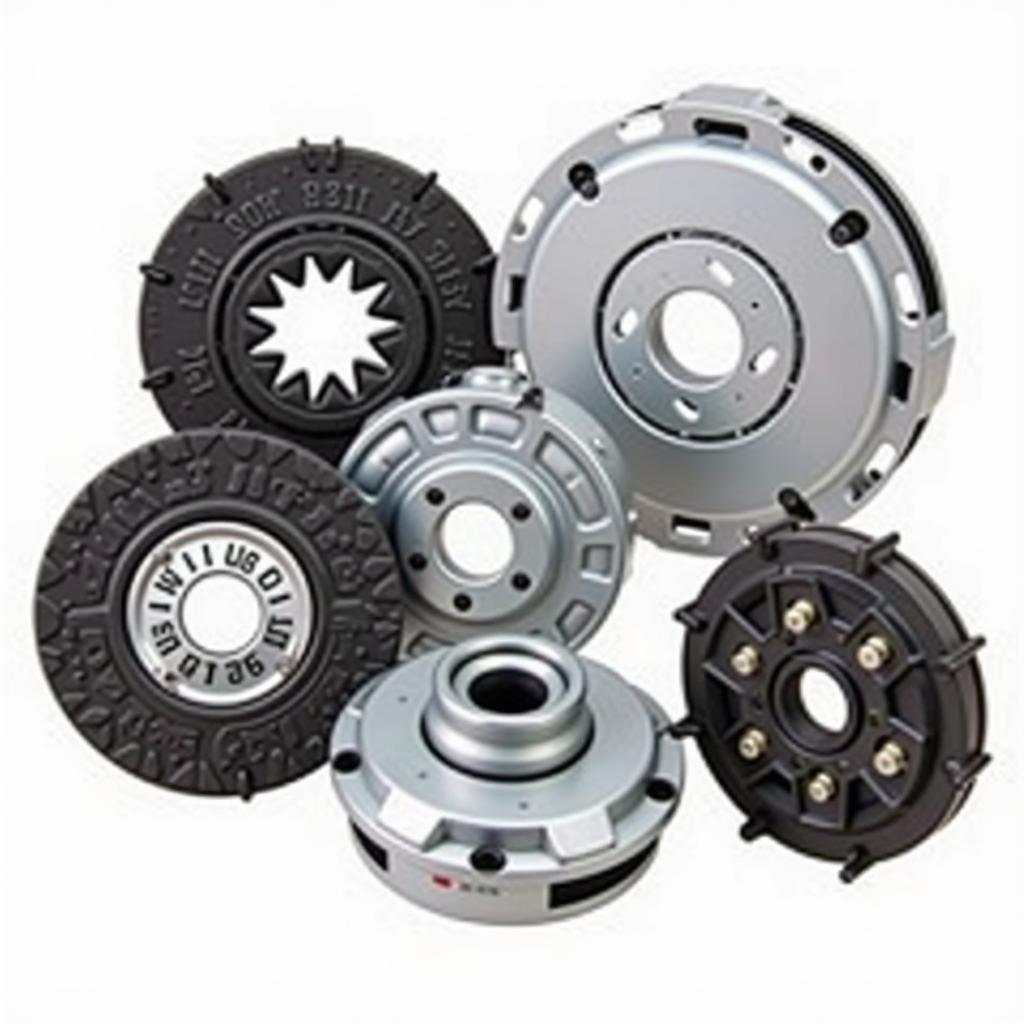Jump starting a car seems simple enough, but it can be surprisingly tricky. Problems with jump starting a car can stem from a variety of issues, from a dead battery to corroded terminals or even more complex electrical faults. This guide will walk you through the common pitfalls, diagnose the underlying problems, and provide solutions to get you back on the road.
My car battery is draining fast
Understanding the Basics of Jump Starting
Before we dive into troubleshooting, it’s crucial to understand the fundamentals of jump starting. Incorrectly connecting jumper cables can damage your car’s electrical system, so paying attention to the correct procedure is paramount. First, ensure both vehicles are turned off and the parking brakes are engaged. Then, locate the positive (+) and negative (-) terminals on both batteries. Connect the red (positive) cable to the positive terminal of the dead battery and then to the positive terminal of the good battery. Next, connect the black (negative) cable to the negative terminal of the good battery and then to a clean, unpainted metal surface on the car with the dead battery – away from the battery itself. This grounding point helps prevent sparks and potential explosions. Once connected, start the car with the good battery and let it run for a few minutes. Try starting the car with the dead battery. If it starts, carefully disconnect the cables in reverse order.
 Jump Starting Car Connections: Correct Cable Placement
Jump Starting Car Connections: Correct Cable Placement
Common Problems with Jump Starting and Their Solutions
Why Won’t My Car Start Even After Jump Starting?
Sometimes, even after a seemingly successful jump start, the car refuses to start. This can be incredibly frustrating, but several reasons could be at play. Perhaps the battery is completely dead and needs replacement, or there could be a problem with the alternator, starter, or other electrical components. Corrosion on the battery terminals can also hinder the flow of electricity, preventing a successful jump start.
Car battery making clicking noise
“A clicking noise when trying to start the car often indicates a weak battery or a faulty starter,” says automotive electrical expert, Michael Stevens. “While jump starting might temporarily solve the issue, it’s crucial to address the root cause to prevent further problems.”
Jump Starting Precautions and Safety Measures
Safety should always be your top priority when jump starting a car. Wearing safety glasses and gloves is recommended to protect yourself from potential hazards. Make sure the jumper cables are properly insulated and free of any damage. Avoid touching the metal clamps together, as this can cause a dangerous spark. If you notice any unusual smells or smoke, immediately disconnect the cables.
Diagnosing Deeper Electrical Issues
If jump starting doesn’t resolve the issue, it’s time to delve deeper into the electrical system. A multimeter can be a valuable tool in diagnosing potential problems. You can use it to check the battery voltage, alternator output, and starter draw. If the alternator isn’t charging the battery properly, it will need to be replaced. A faulty starter will also prevent the engine from turning over.
“Don’t underestimate the importance of regular battery maintenance,” advises Sarah Johnson, an experienced automotive technician. “Keeping the terminals clean and ensuring the battery is properly secured can prevent many jump-starting headaches.”
Jump Starting a Car with a Push-Button Start
Cars with push-button start require a slightly different approach to jump starting. While the fundamental principles remain the same, the location of the battery and the jump-starting procedure can vary depending on the vehicle model. Consult your owner’s manual for specific instructions. Some vehicles have designated jump-starting points under the hood or in the trunk.
2008 saturn vue battery problems
 Jump Starting a Push-Button Start Car
Jump Starting a Push-Button Start Car
Conclusion
Problems with jump starting a car can be frustrating, but understanding the process and potential issues can empower you to troubleshoot effectively. By following the correct procedures and taking necessary precautions, you can safely jump start your car and get back on the road. Remember to address the underlying cause of the dead battery to prevent future issues.
Frequently Asked Questions (FAQ):
-
How long should I let the car with the good battery run before trying to start the dead car? Ideally, let it run for 5-10 minutes to provide a sufficient charge.
-
Can I jump start a car with a different voltage battery? No, using a battery with a different voltage can damage both vehicles’ electrical systems.
-
What should I do if I smell burning or see smoke while jump starting? Immediately disconnect the cables and inspect both batteries for damage.
-
Is it safe to jump start a car in the rain? While it’s technically possible, it’s best to avoid jump starting in wet conditions to minimize the risk of electrical shock.
-
How can I prevent my car battery from dying? Regularly check the battery terminals for corrosion, ensure all electrical accessories are turned off when the car is parked, and have your battery tested periodically.
-
Can a jump starter damage my car’s computer? While rare, it’s possible if the jump starter is faulty or used incorrectly. Always follow the manufacturer’s instructions.
-
Why won’t my car start even after multiple jump start attempts? This could indicate a more serious problem with the starter, alternator, or other electrical components. Consult a qualified mechanic for diagnosis and repair.



